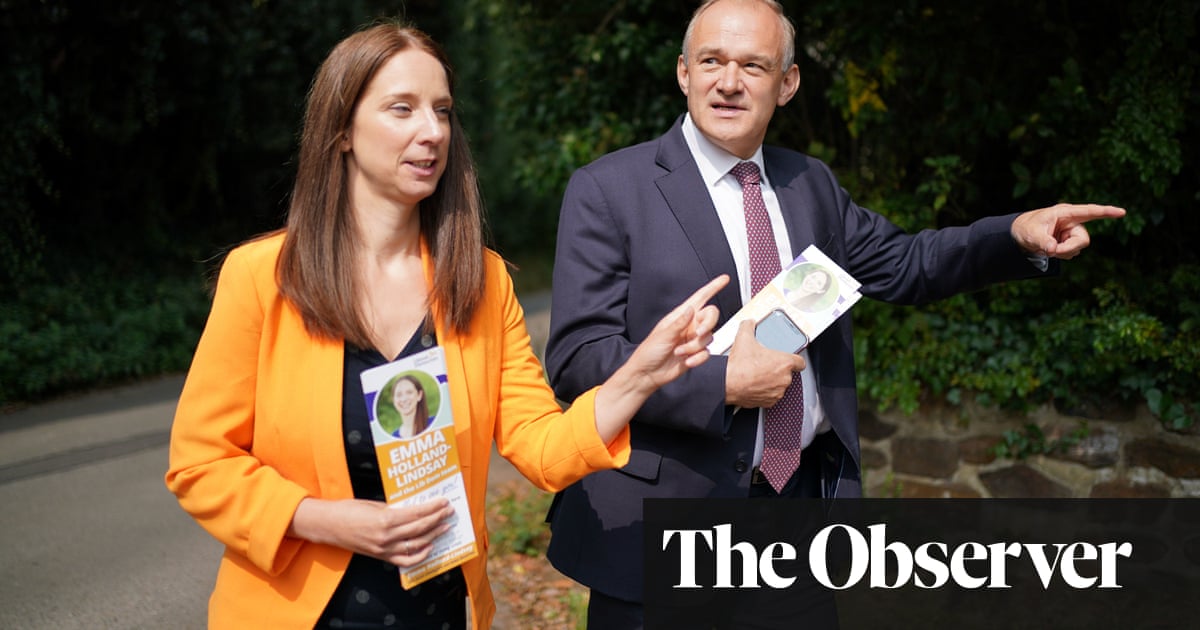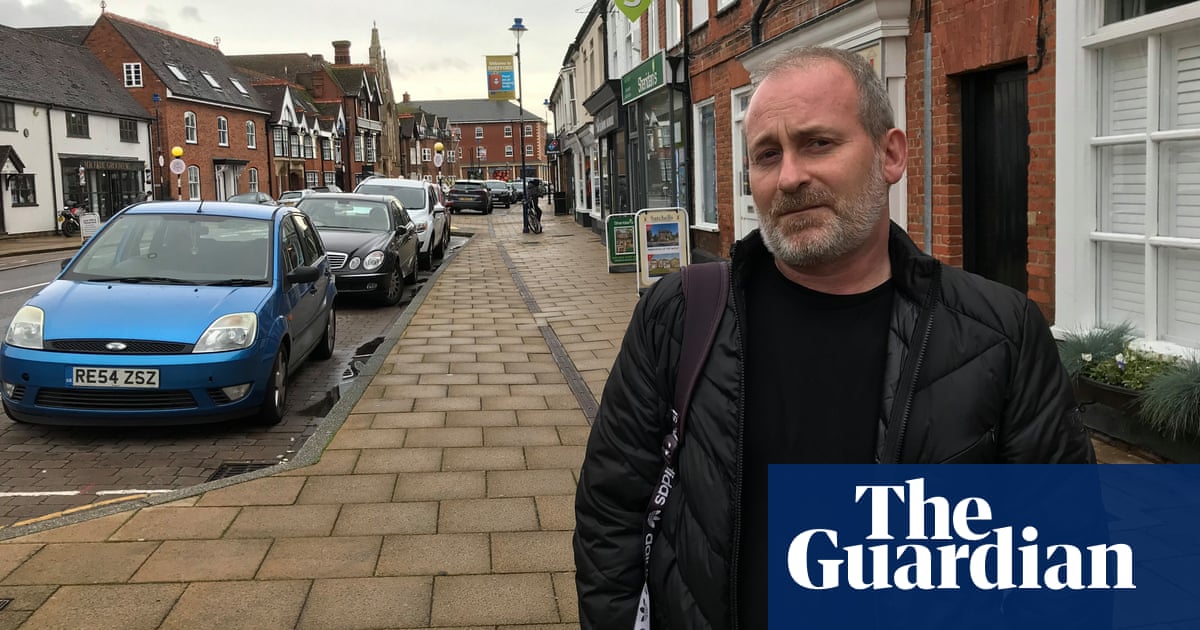
Voters in Tamworth and Mid Bedfordshire will head to the polls on Thursday in two key byelections after the resignations of the Conservative MPs Chris Pincher and Nadine Dorries, in what could turn out to be a dramatic night.
In both battlegrounds the results look far from clearcut and with a general election on the horizon, all eyes will be on whether the Tories are able to hold on to power.
Mid Bedfordshire
It is nearly 100 years since a party other than the Conservatives held Mid Bedfordshire.
A collection of picturesque villages and small towns between Luton and Bedford, the seat fits the archetype of a Tory constituency in almost every way. Nearly two-thirds of local people are in work, compared with a national average of 57%, while 40% are in managerial or professional roles. Household deprivation levels are low.
In any normal election, Mid Beds would be a safe Tory hold: Dorries won it in 2019 with a majority of more than 24,000 and 60% of the vote.
However, the nature of Dorries’ departure – she announced her resignation after failing to be nominated for a seat in the House of Lords but then did not resign for another 11 weeks – as well as the Tories’ low poll ratings nationally have put it firmly in play.
Conservative MPs who have campaigned in the area say local irritation at Dorries’ behaviour remains a drag on the party, even for the new candidate, Festus Akinbusoye, the Bedfordshire police and crime commissioner.
Dorries did not speak in the Commons for over a year. She also moved out of the constituency and stopped holding in-person surgeries.
Senior Conservatives say that while the seat is still predominantly rural, the demographics have shifted as people have moved out of London, Luton, Bedford and Milton Keynes since the Covid pandemic. “It is much more suburban than it used to be, and that means voters are more likely to be progressive,” said one.
The best hope for the Tories is that the progressive vote is split. Labour and the Liberal Democrats have heavily targeted the seat, unlike in other recent byelections where one party has allowed the other to campaign more heavily and win with a large swing away from the Conservatives.
A poll conducted by Survation for the Labour Together thinktank shows Labour and the Conservatives tied on 29% and the Lib Dems on 22%.
The situation has caused irritation among Labour and Lib Dem officials. Peter Kyle, the shadow cabinet minister who is overseeing the Labour campaign, told the Observer this weekend that the Lib Dems were a “towering inferno of self-righteous rage”. “Politically, they will raze the place to the ground if they carry on like this,” he added.
The Lib Dems say Labour has a poor record of winnning southern seats away from the Tories, something it has not achieved in decades.
Tamworth
A largely rural constituency in south-east Staffordshire, Tamworth had been considered an election bellwether but has become a Conservative safe seat in recent years, comfortably held by the party since 2010. Its last MP, Pincher, secured a majority of nearly 20,000 in 2019.
This makes it the biggest Tory percentage majority Labour has faced in any byelection this parliament – but the party seems quietly confident of success.
Although the constituency has roughly average levels of income and wealth, in Tamworth, the biggest town in the seat, there are areas with high unemployment or low incomes, poor housing and social isolation. Labour will be hoping to capitalise on this, with its candidate, Sarah Edwards, making the cost of living crisis top of her agenda at her campaign launch.
Some questions have been raised about the 35-year-old union official’s connection to the local area, with Labour saying she moved to Tamworth before the byelection was called and is a full-time resident (she is from Moseley in south Birmingham).
The Conservative candidate, Andrew Cooper, is a member of Tamworth borough council and a former soldier. The party is clearly hoping his strong local ties will be its trump card, with the prime minister, Rishi Sunak, praising him as “a thoroughly local candidate who knows his community inside out”.
But the scandal surrounding Pincher – who was accused of groping two men while drunk, triggering a government crisis that led to the resignation of Boris Johnson – is still fresh in voters’ minds. Pincher virtually disappeared from public life after the scandal broke but did not resign for over a year, with a number of constituents staging protests calling for him to quit.
There will probably be frustrations over issues such as the scrapping of phase 2 of HS2, after a chunk of countryside in the area had already been carved out to make way for the high-speed rail line. But Tamworth high street is undergoing a multimillion-pound redevelopment thanks to government levelling up funding, which may sweeten the pill for some voters.
Labour officials have admitted a win in Tamworth is a huge challenge, but at Edwards’ campaign launch, the shadow chancellor, Rachel Reeves, said there were “no no-go areas for Labour”.
In a 1996 byelection, on the eve of Tony Blair’s 1997 landslide victory, Labour took Tamworth from the Tories with a 22-point swing. Labour will be hoping a similar success in the constituency could bode well for its chances in next year’s general election.












